
Review on 🔧 Complete Arduino Uno Starter Kit with LCD Module - Includes Comprehensive 72 Page Instruction Book by David Bott

It works (but there are a few pitfalls to be aware of and fix). And the price is right.
I made schemes 1 to 11 (I'll try the last one soon) and the eighth worked fine. Two (#6 and #10) needed "setting up" to get to work. I will clarify below. #11 is not working yet. More details below. The main problem is that the theory is (mostly) not explained. Another big problem is the complete carelessness in editing the guide. Schematic #11 is a prime example: the components and connection table doesn't even match the actual schematic. In many details. Another problem is that circuits aren't always the most efficient: there are some totally unnecessary connections, or connections that could be made simpler. Я достаточно помнил школьную электронику 60-летней давности, чтобы самостоятельно разобраться в схемах с 1 по 9. Что касается схемы 10, в которой представлены транзистор и диод, я не мог вспомнить (хотя знаю, что мы рассмотрели обе темы), поэтому придется поискать on the Internet. Below are two small problematic circuits that I was able to solve, followed by #11 that I haven't solved yet (and may not be solvable - see below). Circuit #6: The voltage divider has a fixed resistance as stated in the instructions. above and touch resistance (photo) below: so strong light gives zero voltage, weak light gives maximum voltage. It is necessary to reverse/correct or correct the code: 1) change the analog data set (ledPin, lightLevel); to AnalogWrite(ledPin, 255-lightLevel); or hard wiring: 2) Connect photosensor to f1-f2 with 10kΩ resistor between I2-I6 and sensor pin A0 connected to J2 (without changing the code) circuit #10 transistor diagram - inserted into pins A1,A2,A3 as shown - Back side (i.e. shows the flat side facing the B pillar of the breadboard). Must be turned: curved side to pillar B); in other words A3, A2, A1. Without correct positioning, the motor will not rotate. I'm actually glad these problems arose: forced me to look closely at both the code and the diagram. Diagram #11: As in diagram #10, the transistor is shown reversed. Also in the diagram the diode is reverse biased. And for the components/image reference, the diode entry is completely wrong (along with 3 other entries). It wasn't until I corrected the alignment of the transistor and diode that I heard the relay coil clicking every second. But there is no power coming from the relay. Maybe the switch is broken. Not 100% sure yet. The relay switch actually has 5 pins, but the parts manual and schematic only list 4 pins, and you need to bend the 5th pin to fit the appropriate slot on the breadboard (this connection isn't even shown in the manual). Very sloppy editing/proofreading (if any). I also see that various reviewers had other issues that I didn't, so maybe the quality/standard of the components isn't up to scratch. But maybe the manufacturer has since solved that issue (I received my kit in March 2019 .I didn't realize it when the other reviews were posted - which describe the problems). All in all, it's a reasonably decent, inexpensive teaching tool: it can motivate a person to learn circuits AND computer coding if they haven't already (or to relearn if they've forgotten). I originally rated this 4 stars, but after the #11 chain issues above I downgraded the rating to 3 stars.
- understandable even for the old
- security
New products
Comments (0)
Top products in 🖥️. Single Board Computers

55" TV LG OLED55C2RLA 2022 HDR, OLED, dark titanium

38 Review

LAFVIN Super Starter Kit for Arduino R3 Mega2560 Mega328 Nano with Detailed Tutorial - Compatible with Arduino IDE

11 Review
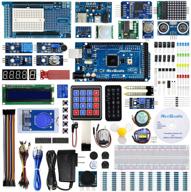
REXQualis Comprehensive Starter Kit with Arduino MEGA 2560 & Detailed Tutorial for Arduino IDE Compatibility

11 Review
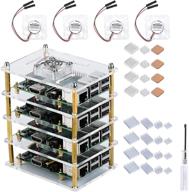
GeeekPi Raspberry Pi Cluster Case with Cooling Fan and Heatsink for Pi 4 Model B, 3 Model B+ & 3/2 Model B

11 Review
Another interesting products
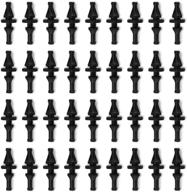
36-Pack Black Rubber PC CPU/Case Fan Screws/Rivets Set for Computer

11 Review

MacBook Retina 13-inch (A1425, A1502) and 🔩 15-inch (A1398) Bottom Case Screw Set with Pentalobe Screwdriver

11 Review
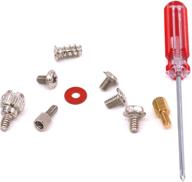
Glarks 660 Pieces Phillips Assortment Motherboard

10 Review
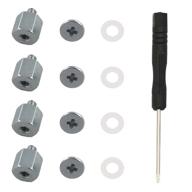
M.2 Screw Kit: Easy Mounting for NVMe SSDs on ASUS Motherboards

19 Review

